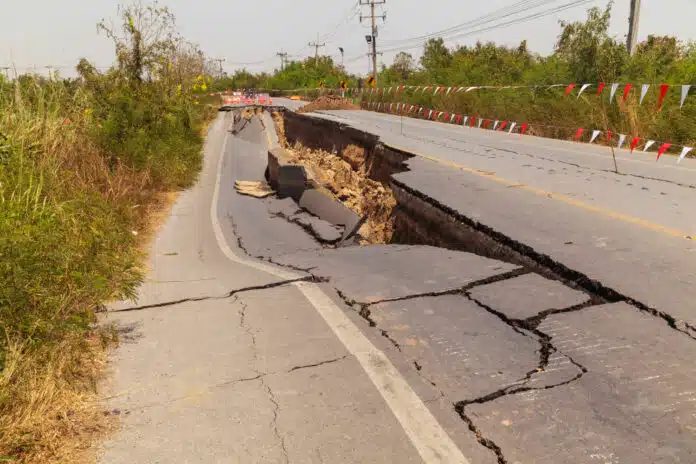
By Ashwini Sakharkar 1 Aug, 2024
Collected at: https://www.techexplorist.com/artificial-intelligence-helps-predict-soil-liquefaction-risk/86760/
The progress of human civilizations is intertwined with the evolution of infrastructure, as evidenced by the rapid urbanization of recent years. We are on the brink of entering an era of ‘smart cities’ driven by cutting-edge technology, including artificial intelligence (AI), the Internet of Things, and big data analytics, to foster sustainable urban development.
However, this growth is being impeded by the effects of climate change—earthquakes and other natural disasters are causing significant damage to buildings and structures.
Soil liquefaction is a prime example of a natural hazard where saturated soil experiences a drastic loss of strength and rigidity under stress, often as a result of earthquake-induced shaking or sudden loading. This phenomenon causes the soil to exhibit liquid-like behavior, diminishing its capacity to support infrastructure. Consequently, it is imperative to address challenges like soil liquefaction in order to ensure the resilience of our urban environments.
Researchers at the Shibaura Institute of Technology in Japan have successfully developed an advanced AI predictive model for generating comprehensive soil liquefaction risk maps. Led by Professor Shinya Inazumi and his team, including Arisa Katsuumi and Yuxin Cong, the study integrated cutting-edge machine-learning techniques with crucial geotechnical and geographical data.
This innovative model has been effectively utilized to optimize urban planning and infrastructure development in Yokohama, Japan, addressing the unique soil liquefaction challenges posed by extensive reclaimed lands and frequent seismic activity in the region.
“We were motivated to pursue this research after we recognized the urgent need to improve urban resilience to earthquakes, especially in rapidly urbanizing areas prone to seismic activity—there are critical weaknesses in existing geotechnical risk assessments and urban planning strategies,” Prof. Inazumi says.
“Since traditional methods for predicting soil liquefaction are often limited by the scale of data integration and speed of analysis, resulting in gaps in emergency preparedness and risk management, we decided to leverage advanced technologies such as AI and machine learning to develop a more dynamic and accurate predictive model.”

The innovative model utilized a blend of advanced machine learning techniques, including artificial neural networks and gradient-boosting decision trees, to significantly enhance the precision of soil liquefaction risk prediction. The researchers obtained exceptional accuracy in forecasting soil classifications and N-values, both vital for assessing soil liquefaction risk. The model’s effectiveness was confirmed through rigorous validation against extensive geotechnical survey data.
Prof. Inazuma says, “The real-world application of our research is the development of hazard maps, which can help urban planners and engineers to visualize and identify areas at high risk for soil liquefaction and make informed decisions regarding the development of infrastructures.”
He adds, “Apart from bolstering emergency response planning, this AI-driven approach can also facilitate community engagement and education by providing clear and accessible information about at-risk areas.”
The research emphasizes significant advancements in geotechnical engineering through the incorporation of AI technology in the prediction of soil liquefaction risks. This innovative method strengthens initiatives aimed at enhancing urban resilience and sustainability.
Journal reference:
- Arisa Katsuumi,Yuxin Cong, and Shinya Inazumi. AI-Driven Prediction and Mapping of Soil Liquefaction Risks for Enhancing Earthquake Resilience in Smart Cities. Smart Cities, 2024; DOI: 10.3390/smartcities7040071

Leave a Reply